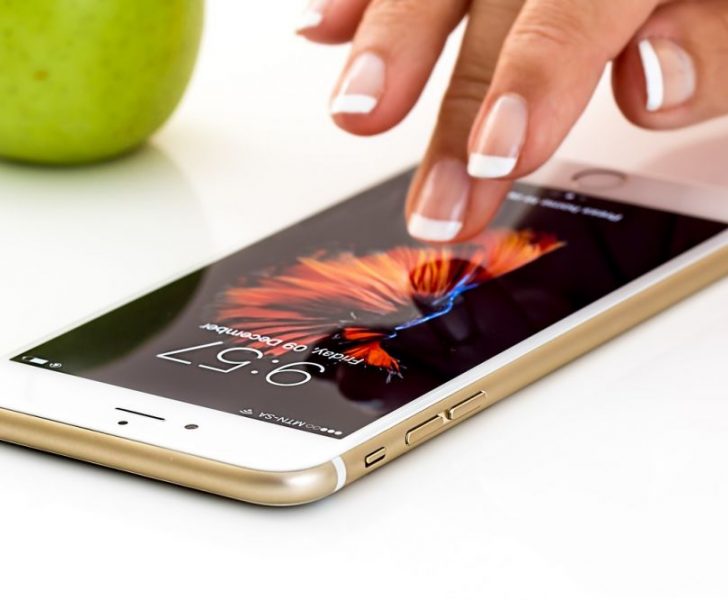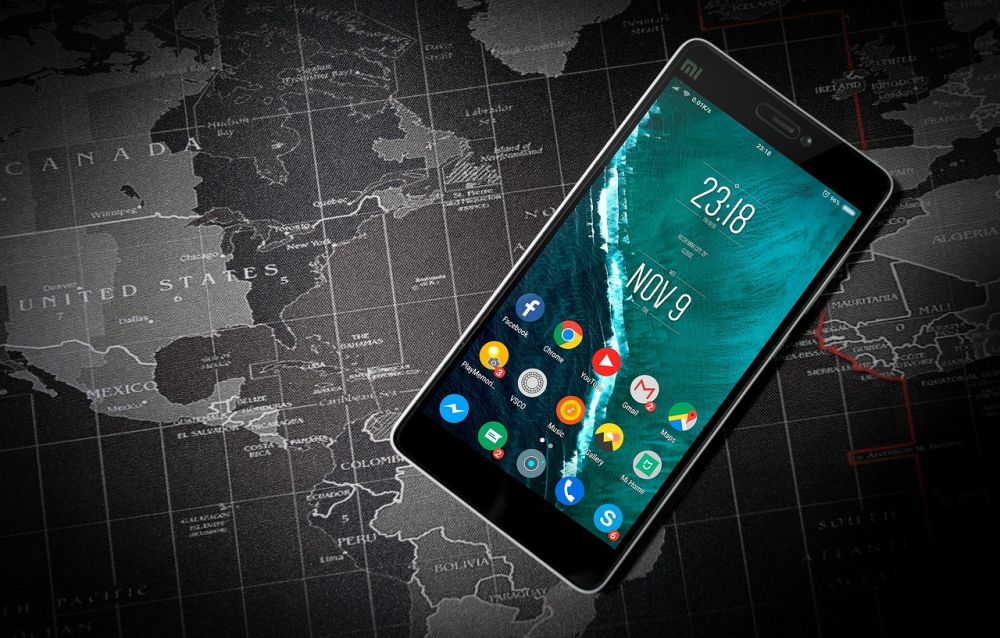Stänga appar på iPhone 12: En djupgående guide och analys

Introduction :
Stänga appar på iPhone 12: En djupgående guide och analys
Overview of Closing Apps on iPhone 12:

In our digital age, knowing how to efficiently manage and utilize apps on our smartphones has become increasingly important. This article aims to provide a comprehensive understanding of ”stänga appar iPhone 12” or ”closing apps on iPhone 12”, exploring different types of closing apps, their popularity, quantitative metrics, variations among them, as well as a historical review of their pros and cons.
Understanding Closing Apps on iPhone 12:
Closing apps refers to the process of shutting down or suspending applications running in the background on iPhone 12. By closing apps, users can free up system resources, improve device performance, save battery life, and enhance overall user experience.
Types of Closing Apps:
1. Native App Closing:
– iOS Home Gesture: A simple swipe-up gesture allows users to switch between apps and close them.
– App Switcher: Accessed by swiping up from the bottom edge, this feature displays a carousel of recently used apps and enables quick app closure.
– Force Quit: Users can also force quit apps by double-pressing the Home button or swipe up from the bottom edge and swipe the app cards up.
2. Third-Party App Closing:
– Dedicated App Managers: Popular third-party apps like ”Battery Doctor” or ”Clean Master” offer additional features such as app closing by detecting battery-draining or memory-consuming apps.
– Task Killers: These apps provide users with more control over app management, allowing them to manually select and close specific applications.
Quantitative Measurements of Closing Apps on iPhone 12:
To assess the impact of closing apps on iPhone 12, studies have been conducted measuring various metrics such as device performance, battery life, and memory allocation. Researchers have found that closing unnecessary apps can lead to a smoother user experience and improved performance, especially in scenarios where system resources are limited.
Differences Among Various Closing Apps:
While the primary aim of closing apps is the same across different methods, some variations exist:
– Native app closing methods are integrated into iOS and offer a seamless and straightforward experience.
– Third-party app managers provide additional functionality and customization options for advanced users.
– Task killers offer extensive control but may require more technical knowledge and caution when used.
A Historical Review of the Pros and Cons of Different App Closing methods:
Throughout the evolution of iPhone’s operating systems and app management, pros and cons have emerged regarding closing apps:
– Pros: Closing unnecessary apps can save battery life, improve device speed, and enhance multitasking capabilities in certain scenarios.
– Cons: Frequent closing and reopening of apps may hinder battery life, as reopening apps consumes more energy than resuming them from the background. Additionally, force quitting apps can disrupt app syncing and background processes.
Conclusion:
In conclusion, understanding how to efficiently close apps on iPhone 12 is crucial to maximize device performance and enhance overall user experience. Native app closing methods offer simplicity, while third-party app managers and task killers provide additional control and customization. By considering the pros and cons of each approach, users can tailor their app management strategy to suit their specific needs. So, why not take a few moments and optimize your iPhone 12 app usage today?











